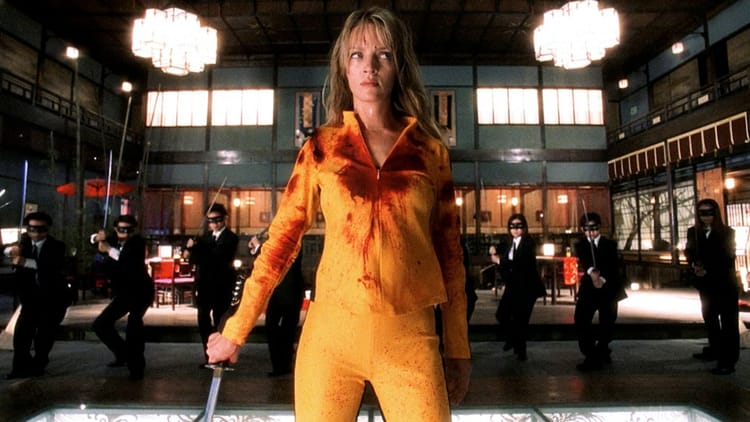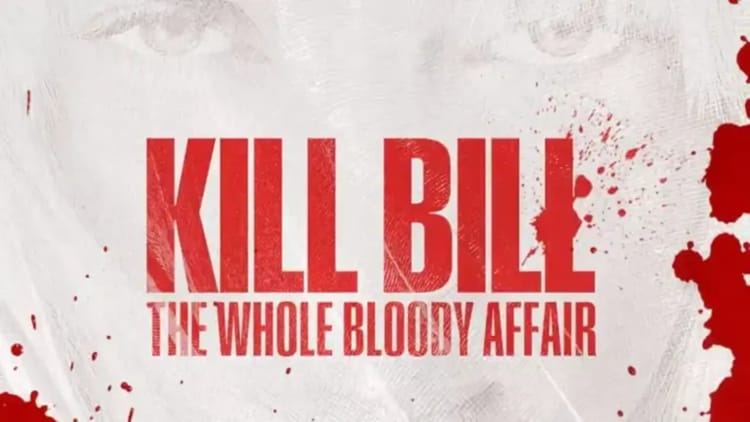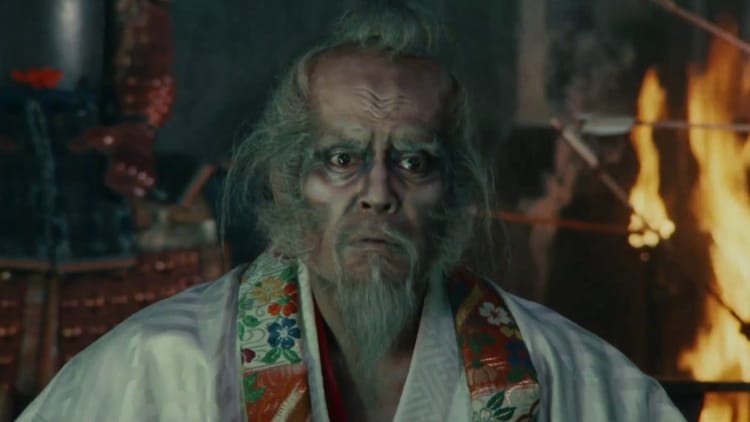Three Outlaw Samurai

Hideo Gosha’s 1964 debut flick, Three Outlaw Samurai, is a gritty, blood-soaked dive into the world of chanbara that’s as sharp as a katana and just as deadly. Spun off from a popular TV series, this film carved its own legendary status in the genre with a mix of raw storytelling, brutal action, and a fresh take on samurai honor and rebellion.
We kick off with Sakon Shiba (played by Tetsuro Tamba), a ronin who’s seen it all and done it twice. He stumbles into a mess where three desperate peasants have kidnapped the daughter of a corrupt magistrate, Uzaemon Matsushita (Tatsuya Ishiguro). These poor guys are starving, fed up with the system, and ready to do whatever it takes to get their voices heard—even if it means breaking a few rules. Shiba, at first, isn’t exactly impressed by their methods, but he gets it. He sees the injustice and desperation, and before you know it, he’s knee-deep in their cause, setting the stage for a conflict that’s about to get real bloody real fast.
Shiba’s decision to back the underdogs doesn’t sit well with everyone. Enter Kyôjûrô Sakura (Isamu Nagato), a fiery samurai sprung from prison by the magistrate to squash this little rebellion. And then there’s Einosuke Kikyô (Mikijirō Hira), the top dog warrior who, at first, couldn’t care less about killing peasants—until he sees the corrupt system for what it is. These two start off as mercenaries with their own agendas, but as the plot thickens and the blood starts spilling, they find themselves aligning with Shiba. What begins as a clash of swords and wills morphs into a bond of respect and shared purpose driven by a growing sense of justice.
Now, let’s talk about the action—because, damn, this film brings it. Gosha doesn’t mess around with drawn-out duels or choreographed dances. His fight scenes are quick and brutal, leaving you feeling every slash and stab. The violence here isn’t romanticized; it’s raw and honest, a reflection of the harsh world these characters inhabit. The cinematography by Tadashi Sakai perfectly captures the grimy, sweat-soaked atmosphere of Edo-period Japan, where the powerful prey on the weak, and life is cheap.
But here’s where Three Outlaw Samurai really stands out: Gosha flips the script on the usual samurai tropes. This isn’t your typical tale of honor-bound warriors on a noble quest. These guys are fighting in a world where the old codes of honor are being torn apart by greed and corruption. Shiba, Sakura, and Kikyô aren’t the flawless heroes of legend—they’re men wrestling with their own demons, trying to figure out where loyalty ends and self-preservation begins. And Gosha doesn’t let them off easy; their journey is a rough, morally ambiguous one, where every victory comes at a steep price.
I see people differently now. I see my father differently. I even see the world differently.
The narrative here is tight—no wasted time, no filler. Gosha and his co-writers Keiichi Abe and Eizaburô Shiba get straight to the point, letting the story unfold through the characters’ actions and decisions. It’s a lean, mean storytelling machine that keeps you locked in from start to finish.
Despite its roots in TV, Three Outlaw Samurai stands tall on its own. For those who followed the series, it’s a deeper dive into characters they already knew. But if you’re new to the party, don’t worry—this film doesn’t require a crash course. The storytelling is so efficient, and the characters are so vividly drawn that you’re pulled into their world without needing any backstory.
Visually, the film is a knockout. Gosha’s use of the wide Scope aspect ratio and deep-focus shots creates a world that feels expansive and claustrophobic, where every corner hides a new danger. The use of shifting Dutch angles and zoom shots drive the kinetic energy of this flick. The black-and-white photography is crisp, and the contrast between light and shadow highlights the moral grey areas the characters navigate. Edo period Japan is brought to life as a place of dirt, sweat, and desperation—a perfect backdrop for this tale of rebellion and redemption.
Gosha’s debut didn’t just contribute to the chanbara genre—it shook it up. While Kurosawa comparisons are inevitable, Three Outlaw Samurai carves out its own identity with a darker, more cynical take on the samurai mythos. This isn’t about noble warriors saving the day; it’s about flawed men fighting for survival in a world stacked against them. The film’s ending, a Pyrrhic victory, leaves you with that gut punch of reality—sometimes, even when you win, you lose.
In the end, Three Outlaw Samurai is more than just a great samurai film—it’s a full-on experience. It’s a film that doesn’t just entertain; it gets under your skin, making you question the concepts of honor, loyalty, and justice. With its brutal action, rich storytelling, and powerful performances, this film is a must-watch for anyone who digs deep, meaningful cinema. Gosha didn’t just enter the samurai genre—he made his mark on it. Three Outlaw Samurai remains a standout example of chanbara at its finest.





